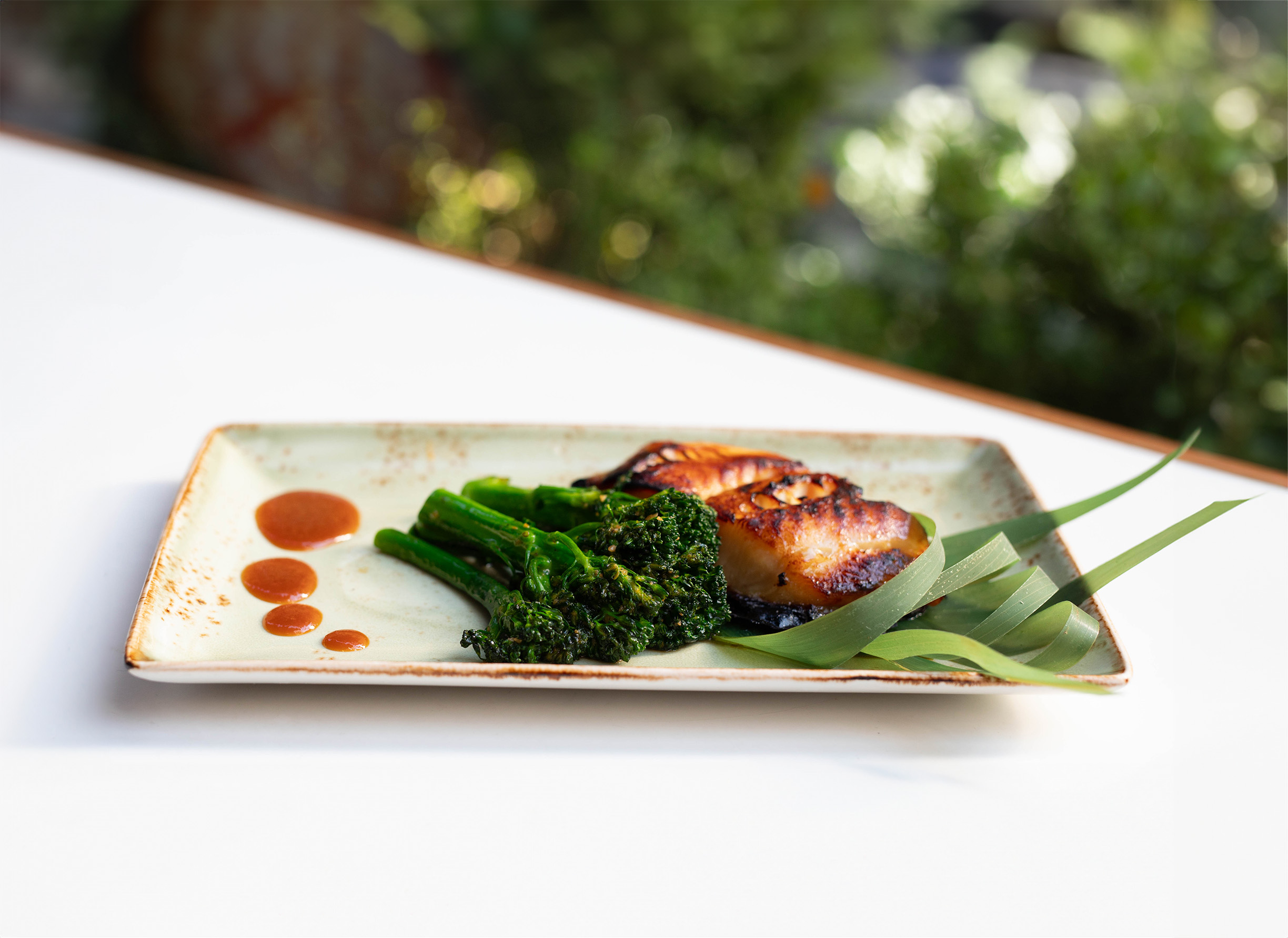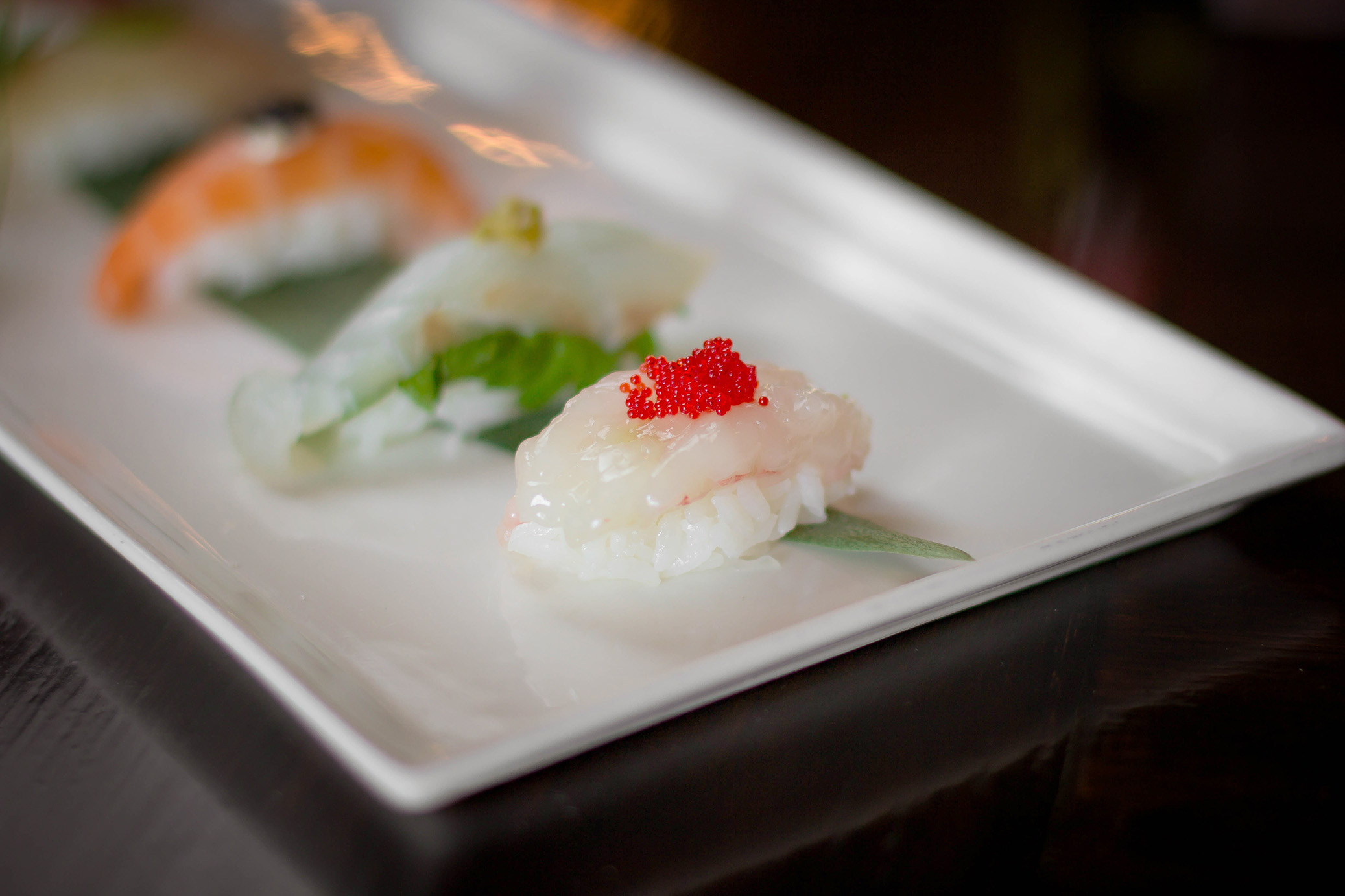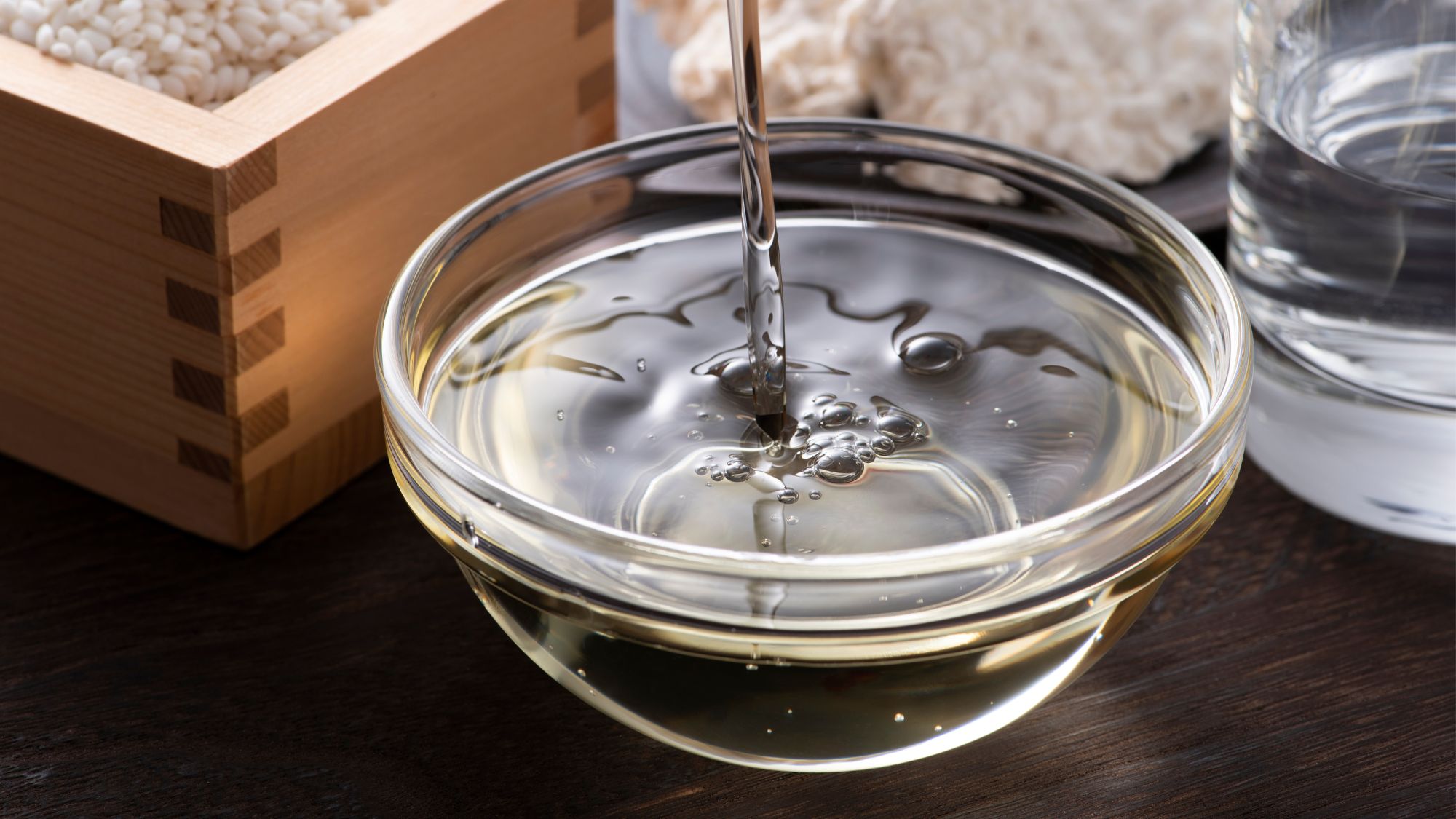Japan’s JFOODO organization is currently collaborating with restaurants in Los Angeles, New York, and Singapore for their latest campaign, “Unlock UMAMI.” This campaign focuses on showcasing essential Japanese seasonings renowned for enhancing UMAMI, the savory taste sensation considered the fifth taste.
Through “Unlock UMAMI,” JFOODO aims to educate and provide experiential opportunities to the public. Partnering with chefs and restaurants, they are introducing limited-time menus featuring Japanese ingredients and fermented seasonings such as soy sauce, miso, mirin, and rice vinegar. These menus highlight the role of koji, a crucial ingredient in these seasonings, in imparting the distinctive Japanese flavor.
In addition, JFOODO is sponsoring The UMAMI Match, a cooking competition designed to explore UMAMI’s versatility. Esteemed American chefs are challenged to create fusion dishes that combine their culinary specialties with Japanese seasonings. Notable participants include chefs Rashida Holmes, Ben Baron, and Juni Cuevas, with Chef Atsushi Kono serving as the judge, renowned for his expertise in Japanese yakitori.

Japanese fermented seasonings like soy sauce, miso, mirin, and rice vinegar are all produced using koji, celebrated for its health benefits. During fermentation, koji produces essential vitamins, amino acids, and nutrients that contribute to the overall health benefits. Moreover, it infuses dishes with the unique UMAMI flavor and aroma.
Through “Unlock UMAMI,” JFOODO aims to demystify koji and Japanese fermented seasonings, allowing diners to experience the UMAMI difference firsthand and feel more confident in exploring Japanese cuisine. I had the privilege of learning about these seasonings during the Unlock UMAMI Dinner event in Los Angeles, California.

At the core of Japanese cuisine lies a quartet of essential seasonings: miso, soy sauce, mirin sweet seasoning, and rice vinegar. These revered elements are not merely ingredients but vital threads in the intricate tapestry of Japanese gastronomy. Their rich and distinctive flavors are born from a precise fermentation process orchestrated by the koji fungus, a testament to the craftsmanship that defines Japanese culinary tradition. Crafted with precision by skilled artisans, these seasonings not only elevate the flavors of dishes but also embody the essence of traditional Japanese culinary artistry. With a focus on purity and authenticity, they serve as the cornerstone of countless culinary creations, harmonizing seamlessly with the changing seasons and reflecting the rich cultural heritage of Japan. Now, let’s take a closer look at the origins, flavors, and cultural importance of each of these essential seasonings.
Miso
Miso, a cornerstone of Japanese cuisine, is a solid fermented seasoning meticulously crafted from a blend of koji, salt, and soybeans. Its rich history dates back to ancient times, believed to have been introduced to Japan during the Kamakura era. Over the centuries, miso has been refined to align with Japanese palates, resulting in a seasoning prized for its umami richness and savory aroma.

Japanese miso production typically involves the use of koji derived from rice, barley, or soybeans, each imparting unique regional nuances to the final product. Traditionally, miso-making was a cherished household tradition, fostering a deep connection to Japan’s culinary heritage among families.
The regional diversity of miso further enriches its landscape, with distinct flavors emerging from different locales across Japan. In regions like Kyushu, where rice cultivation is less prevalent, miso crafted with barley koji reigns supreme. This variant is often aged for extended periods in the region’s cooler climates, developing complex flavors over time. Conversely, in the Tokai area along the Pacific coast, a soybean and salt-based miso variety holds sway, favored for its distinctive taste among locals.
Despite the dominance of major miso manufacturers in the market, small-batch miso production continues to thrive in various regions, highlighting the enduring legacy of regional craftsmanship in Japan’s culinary panorama. This dedication to tradition ensures that miso remains an integral part of Japanese cuisine, celebrated for its diverse flavors and cultural significance.
Soy Sauce
Soy sauce, an indispensable liquid seasoning in Japanese cuisine, undergoes a meticulous crafting process involving soybeans, wheat koji, and salt water. Its versatility and myriad variations mirror the diverse regional flavors found across Japan, each imparting a distinct taste profile that elevates culinary creations.
In the Kanto region of eastern Japan, soy sauce boasts a deep, dark hue and a sharp, dry flavor profile. This robust character finds perfect harmony in dishes like soba broth, where it adds layers of depth and complexity to the culinary experience.
Conversely, Kansai soy sauce, favored in the western regions of Japan, is prized for its lighter color and delicate taste, revealing subtle hints of sweetness derived from koji. Its gentle flavor profile enhances a wide range of dishes, offering a nuanced touch to culinary delights.
Traveling south to regions like Kyushu, soy sauce takes on a sweeter note, thanks to the infusion of sugar. This sweeter variant complements the bold flavors of seafood dishes, creating delightful flavor symphonies on the palate.
Meanwhile, Tamari soy sauce, hailing from the Tokai region along the Pacific coast in central Japan, distinguishes itself with its unique formulation. Characterized by the absence of wheat and minimal salt water, Tamari boasts an intense, sharp flavor profile that enhances the richness of meats and fatty tuna dishes.
Beyond traditional soy sauce varieties, the culinary landscape continues to evolve with the advent of processed seasonings like ponzu soy sauce and dashi soy sauce. These innovative creations, while rooted in the essence of soy sauce, showcase their distinct personalities through unique processing techniques, enriching the culinary repertoire with new flavors and textures.
Soy sauce’s role extends beyond mere seasoning; it serves as a cornerstone ingredient in broth preparations, infusing bonito broth and kelp broth with depth and complexity, enhancing the overall dining experience. Thus, soy sauce embodies the artistry and ingenuity of Japanese cuisine, evolving over time while honoring its rich culinary heritage.
Rice Vinegar
Rice vinegar stands as a time-honored seasoning in Japanese culinary tradition, tracing its origins to the ancient period, with its widespread usage taking root during the Edo era. Crafted from simple ingredients of rice and water, the contemporary method of rice vinegar production involves a meticulous process. It begins with the creation of koji from rice, followed by the fermentation of unrefined sake derived from this koji. Dilution with water, typically one half to one third the volume of refined sake, precedes the introduction of acetic acid bacteria, which catalyze the transformation of sake into the nuanced rice vinegar admired today.
Beyond its culinary applications, rice vinegar played a significant role in historical textile production. During the Edo period, it was utilized to stabilize pigments in indigo dyeing, contributing to the vibrant garment culture of the time. This intersection of vinegar production and textile artistry marked a pivotal juncture in its historical narrative.

In the realm of Japanese cuisine, rice vinegar’s significance is particularly pronounced in sushi-making. While modern sushi commonly features vinegared rice, the roots of sushi lie in Nare-zushi, a method involving slow lactic acid fermentation of rice and fish. The introduction of vinegar, prized for its antimicrobial properties, revolutionized sushi production, facilitating its evolution into the esteemed culinary tradition it is today.
Japanese rice vinegar is esteemed for its distinctive attributes, characterized by subtle umami notes, gentle acidity, and a well-rounded flavor profile. While mass-produced varieties abound, a select few breweries adhere to traditional methods, utilizing natural convection for vinegar production. Despite the time and effort involved, the resulting naturally-brewed vinegar boasts unparalleled richness, umami complexity, and delicate sweetness, offering a sensory experience that honors the essence of koji in its entirety.
Mirin
Mirin, a beloved staple of Japanese cuisine, is renowned for its subtle sweetness and intricate flavor profile. Crafted from a blend of rice koji, steamed glutinous rice, and rice shochu, mirin undergoes a meticulous fermentation and aging process that spans several months, resulting in its distinctive depth of flavor.
Its origins trace back to the Sengoku era, where mirin first captivated palates as a delightful sweet sake. However, it wasn’t until the twilight years of the Edo period that mirin truly came into its own, finding its way into a variety of dishes, from sauces for eel to enhancing the flavors of soba broth.
True mirin, made through traditional methods, delights with its rich sweetness, enhancing the taste of any dish it touches. Its versatility shines in simmered dishes and alongside baked fish, imparting a nuanced sweetness and complexity.

In contrast, mass-produced versions, known as “mirin-fu,” often skip the fermentation process, relying on artificial additives to mimic mirin’s sweetness. While convenient, these alternatives lack the depth and authenticity of true mirin.
Hon-mirin, the pinnacle of craftsmanship, is painstakingly crafted by skilled artisans using time-honored techniques. Made from carefully selected ingredients like glutinous rice, rice koji, and shochu or brewer’s alcohol, hon-mirin embodies the essence of Japanese culinary tradition, offering a genuine taste experience that elevates any dish.
Mirin’s journey from humble beginnings to culinary essential reflects its integral role in Japanese cuisine. Its nuanced sweetness enriches a wide array of dishes, leaving a lasting impression on discerning palates and contributing to the rich tapestry of Japanese culinary heritage.
In conclusion, the Unlock UMAMI campaign spearheaded by JFOODO presents a remarkable opportunity to explore the rich tapestry of Japanese cuisine through its essential seasonings. From soy sauce to miso, mirin, and rice vinegar, each ingredient offers a unique glimpse into centuries-old culinary traditions, meticulously crafted to enhance the UMAMI flavor profile. Through collaborations with renowned chefs and restaurants in Los Angeles, New York, and Singapore, JFOODO not only educates but also invites diners to experience the transformative power of these seasonings firsthand. As we savor the UMAMI-rich dishes and witness the creativity of chefs in The UMAMI Match competition, we gain a deeper appreciation for the cultural significance and versatility of Japanese fermented seasonings. Ultimately, the Unlock UMAMI initiative serves as a gateway to a world of flavor, celebrating the artistry, tradition, and innovation that define Japanese cuisine.
To find out more about JFOODO, check out their website. The “Unlock UMAMI” campaign runs until early March. For further information on the campaign, including video release dates and a list of participating restaurants, visit the website.
Discover more from SNAP TASTE
Subscribe to get the latest posts sent to your email.



